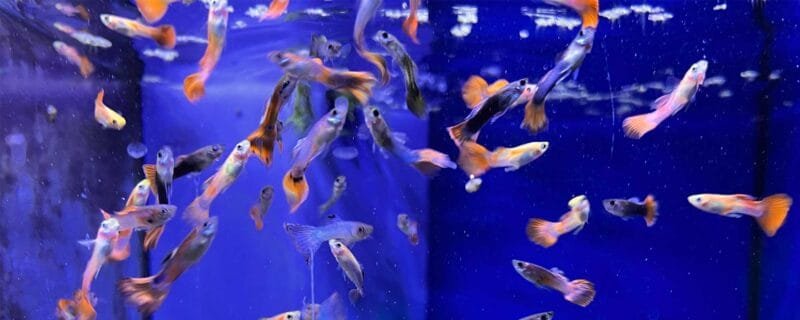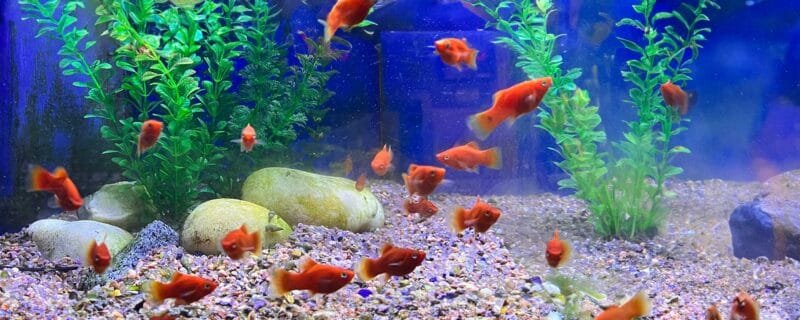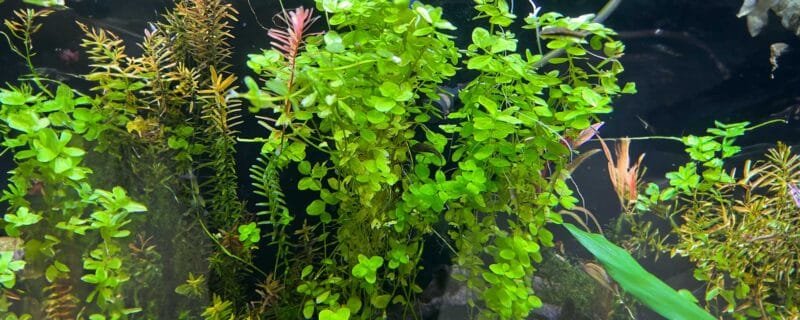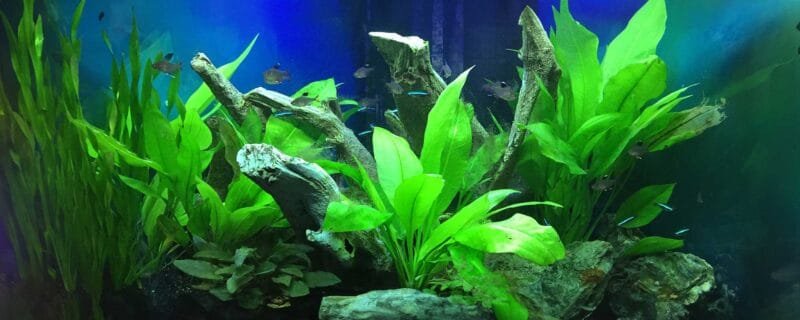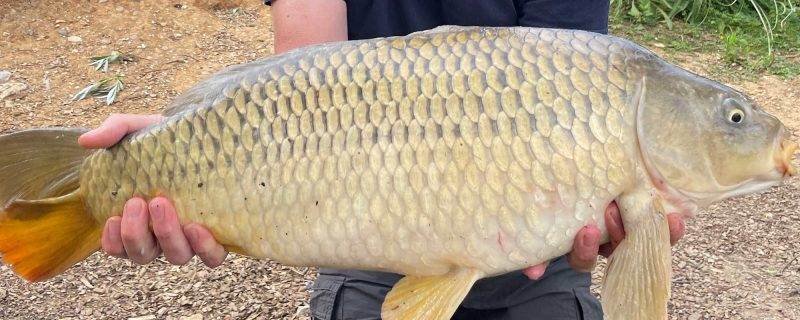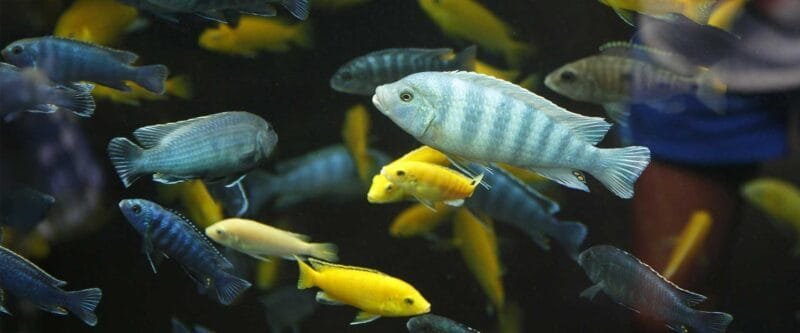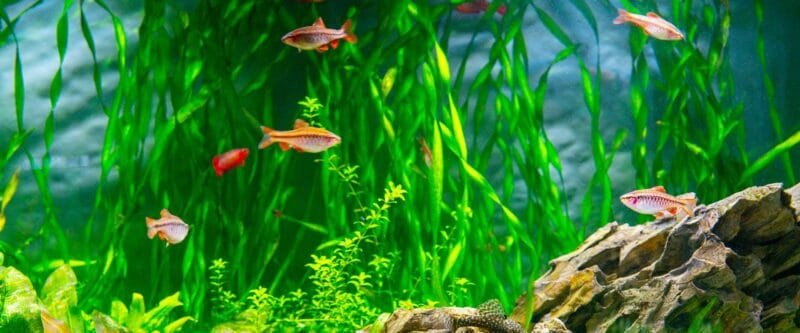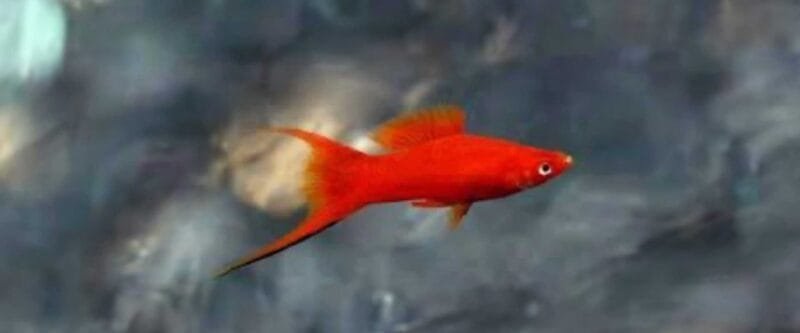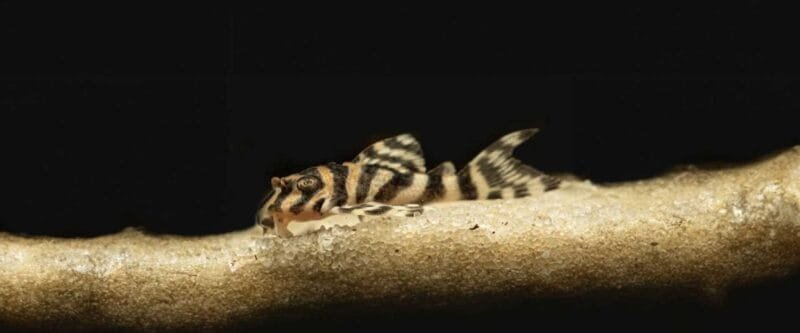Sunset Platies: Adding a Splash of Color to Your Aquarium
If you’re on the lookout for vibrant, easy-to-care-for fish to grace your aquarium, look no further than the Sunset Platy (Xiphophorus maculatus). In this informative guide, we’ll delve into the world of Sunset Platies, covering their Latin (or common) name, size, natural habitat, species variations, diet, alternative names, feeding habits, ease of care, water conditions, sexing, breeding tips, and additional insights to ensure your aquatic companions thrive.
Latin (or Common) Name and Size
The Sunset Platy, scientifically known as Xiphophorus maculatus, is a delightful fish species belonging to the Poeciliidae family. These captivating platies typically reach a size of around 2 to 2.5 inches (5.1 to 6.4 cm), making them a perfect choice for both novice and experienced aquarists.
Natural Habitat
Sunset Platies are native to the warm waters of Central America, primarily in Mexico, Honduras, and Guatemala. In their natural habitat, they inhabit slow-moving streams, ponds, and drainage ditches, often surrounded by lush vegetation.
Species Variations
While the Xiphophorus maculatus is the most recognized Sunset Platy species, there are several other Platies within the Xiphophorus genus, each offering unique colors and patterns. Some common variations include the Mickey Mouse Platy and the Red Wagtail Platy.
Diet
Sunset Platies are omnivores, which means they have a diverse diet. In their natural habitat, they feed on a variety of foods, including algae, small aquatic invertebrates, and plant matter. In an aquarium, you can provide them with a balanced diet by offering high-quality flakes, pellets, and live or frozen foods such as brine shrimp, daphnia, and bloodworms. A varied diet ensures their health and vibrant colors.
Alternative Names
While Sunset Platy is the most common name, they are also known as the Red Wag Platy due to their striking red and orange hues.
Feeding Habits
Yes, Sunset Platies require regular feeding. Offer them small, frequent meals throughout the day, ensuring you don’t overfeed. Monitor their feeding behavior to gauge their appetite and adjust portion sizes accordingly.
Ease of Care
Sunset Platies are generally considered easy to care for, making them an excellent choice for aquarists of all levels. They are peaceful and thrive in community aquariums. When selecting tankmates, choose other non-aggressive species with similar water parameter requirements.
Water Conditions
To ensure the well-being of your Sunset Platies, maintain suitable water conditions. Here are key parameters to consider:
- Temperature: Keep the water temperature between 72-78°F (22-26°C).
- pH Level: Maintain a slightly alkaline to neutral pH, ideally around 7.0-7.5.
- Water Hardness: Aim for moderately hard water, with a general hardness (GH) of 10-20 dGH.
- Filtration: Use efficient filtration and conduct regular water changes to uphold water quality and clarity.
Sexing, Breeding, and Additional Tips
- Sexing: Male Sunset Platies are typically more colorful and exhibit a gonopodium, a modified fin used for mating. Females are larger and rounder, often displaying a gravid spot near the anal fin.
- Breeding: Sunset Platies are prolific breeders and relatively easy to breed. Create a separate breeding tank with ample floating plants for fry protection. Keep the water temperature slightly warmer and provide hiding spots for the fry. Remove adults after spawning to prevent them from consuming the fry. The fry can be fed specialized fry food or finely crushed flakes.
Conclusion
In conclusion, Sunset Platies (Xiphophorus maculatus) are a vivacious addition to any aquarium. With their striking colors, ease of care, and peaceful nature, they are a beloved choice among fish enthusiasts. By establishing a suitable environment, offering a varied diet, and following some basic breeding guidelines, you can enjoy the beauty and charm of Sunset Platies in your aquatic haven. Whether you call them Sunset Platies or Red Wag Platies, one thing is certain – they will bring vibrancy and joy to your underwater world.


